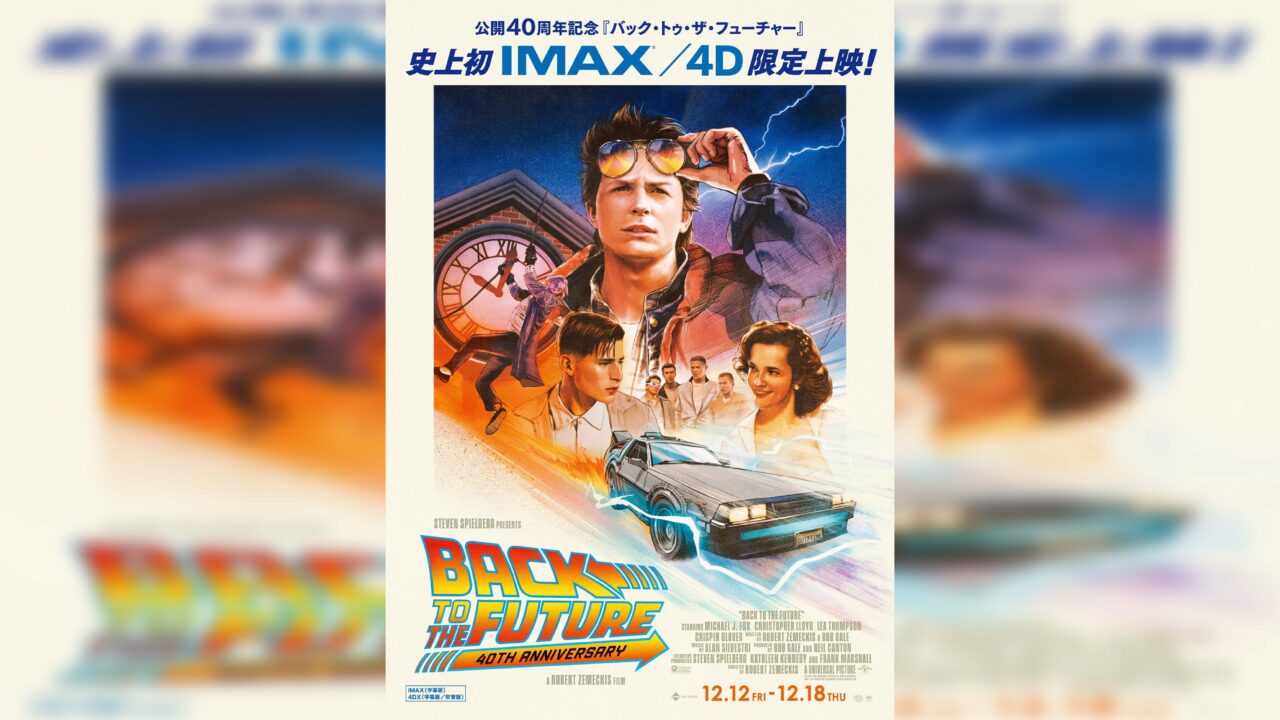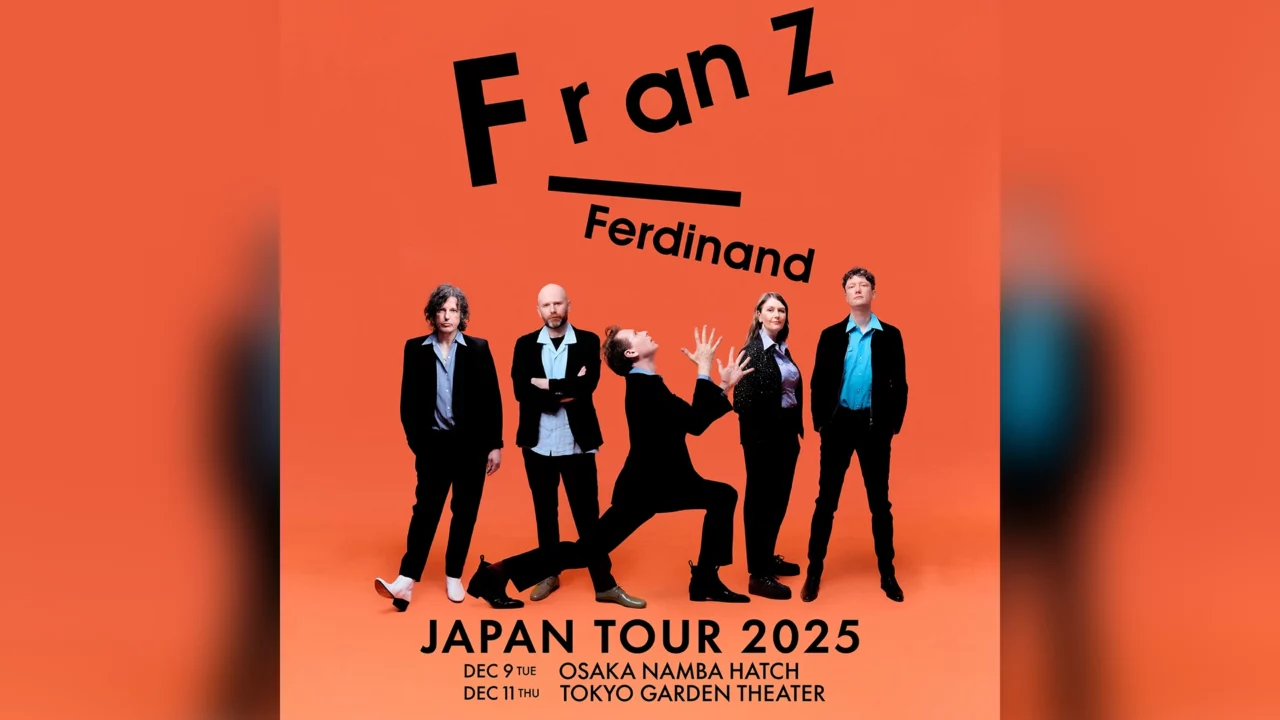INDEX
Insufficient Depth in MUSIC LOVES ART 2024 – MICUSRAT
The exhibitions in the city, which serve as a bridge between art and cultural figures and the political and business sectors of Kansai in light of the Expo, honestly lack excitement. The giant salamander sculpture by Yu Taira, who received the Semi-Grand Prize at the Rokko Meets Art art walk competition, and the paintings by Yoichiro Taoya, inspired by Chinese characters from his study abroad experience, hinted at a presence that feels like an anomaly from a world distinct from modern urban culture. However, the curation fell short of deeper engagement and came across as rather moderate.
The truly impressive work as an artwork is REMA’s heart-shaped sculpture, The Ecosystem of Love from That Time, which resembles compressed sand. This piece reflects the artist’s obsession with decoration and awareness of gender, as intricate patterns and letters resembling tribal tattoos are engraved on the surface of the sculpture, which can also be interpreted as a metaphor for the body.
Additionally, the pedestal, seemingly made of FRP (fiber-reinforced plastic), features large holes in various places, allowing plants to flourish freely and abundantly. Is it a body or skin? Is it a pedestal or a flowerpot? This disruption of perception through its multifaceted nature critiques the masculine materiality often associated with historical sculptures, stimulating the viewer’s thought process. Without such an intellectual and playful experience, art would lose its appeal.
The contrast with Antony Gormley’s human sculpture, permanently installed in the sunken garden on the basement level of the Nippon Life Yodoyabashi Building, is also intriguing. The work of this world-renowned sculptor is discreetly placed at the edge of the garden, likely for the safety of facility users. This eclectic approach feels distinctly Japanese.
At the venue for “SUMMER SONIC OSAKA,” the Expo Memorial Park, works by Hiroko Kubo, Akihito Okunaka, and GOMA are displayed. Excluding GOMA, who is also a musician and performed a notable drone-based piece as part of this project, Kubo’s three-dimensional work, which mimics a woman’s hand, seems disconnected from the context of the Expo Memorial Park and “SUMMER SONIC.” Similarly, Okunaka’s balloon installation serves merely as an activity to enhance the festival’s sense of euphoria.
Additionally, in a festival environment where anonymous installations and sculptures are scattered throughout, it’s hard to argue that these works can be exclusively classified as “art.” Regrettably, the art here is not embraced by music to the degree that would allow it to be labeled as “MUSIC LOVES ART.” One could even question whether the curators of this project and the Cultural Affairs Agency genuinely care about creating a scenario where art is valued by music.
As for GOMA’s performance, which highlighted Japan’s first attempt to ignite fireworks attached to a drone, I found it ironically more striking that the logos of the Kansai Economic Federation and the Cultural Affairs Agency appeared in the sky after the show, showcasing their high quality. Given that drone performances have made significant advancements in countries like China and the United States, it seems there was an opportunity for a critical perspective that defined this as a genre of moving sculpture using three-dimensional space (i.e., the sky) or presented it as a new public art proposal linked to social significance.






















